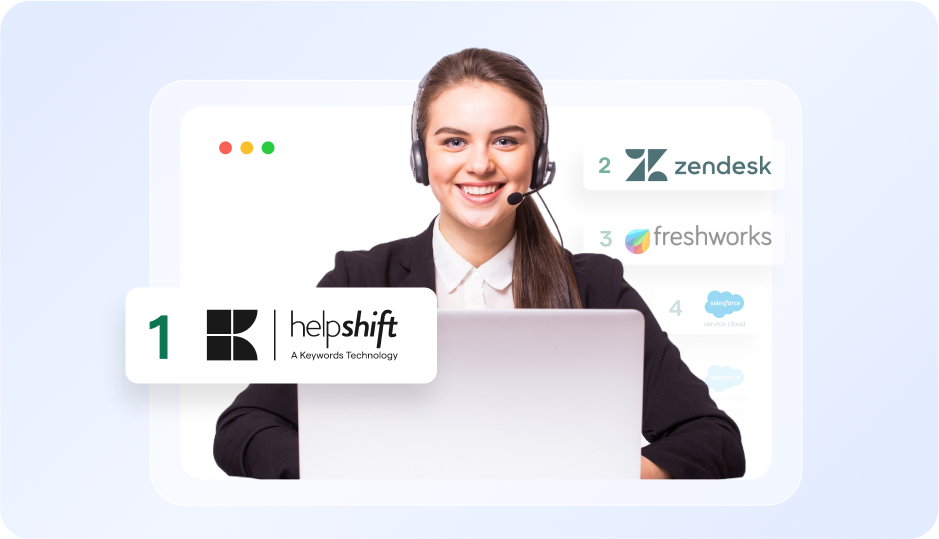Customer onboarding refers to the very first part of the customer journey and the active role companies can take in making this experience a positive one that ultimately will ensure a higher lifetime customer value. The process of customer onboarding varies from company to company, but it typically entails a process of establishing a relationship with the customer through various activities and feedback.

Why Does Customer Onboarding Matter to Customer Service?
In all types of companies — not just retail and service-oriented companies — customer onboarding is critical to introducing your customer to your brand in a positive way. It sets your customer up to experience the highest level of success with your product or service, and educates the customer on everything they need to know to interact with your brand. Putting customer onboarding processes in place up front ensures that future interactions with customers will be as positive as possible. That’s good for your customers, and good for your brand.
For companies in which churn rate is high, customer onboarding becomes an even more critical factor in retaining as many customers as possible after signup or first purchase. For subscription-based businesses, Recurly Research found that the typical churn rate for B2B companies is 5%, while the typical churn rate for B2C companies is over 7%. The more you can lower this number, the fewer new customers you have to find to compensate for churn rate, and the higher your overall revenue success.
Bottom line: customer onboarding should establish a long-term relationship with customers whenever possible.
Customer Onboarding Best Practices
However, the customer onboarding process looks different for every company. Some common best practices include:
- Communication with new customers early on to establish a rapport
- Customizing their experience and making it more personal
- Answering any customer questions up front and clarifying their expectations of your product or service
- Collection of customer data you can use to further your relationship and serve your customer better as you go
How Helpshift Supports Customer Onboarding
The ability to introduce and integrate bots into your customer service strategy greatly elevates the customer onboarding experience you offer. With Helpshift, you can apply AI automation to certain applications, such as classification and labeling of incoming customer queries, so that customers are always delivered to the channel, agent, or experience that will answer their questions and solve their problems quickly.
With access to QuickSearch Bots hooked up to your knowledge base, customers can get questions answered quickly and can get to know your product or service more easily in a pinch. And for customers that need more hand-holding or have an anomalous question a bot can’t instantly answer, Helpshift’s Connected Customer Conversations model means customers can get connected to a human agent quickly, within the conversational interface they’re already using. It provides continuity in the customer experience, enabling brands to better leverage the customer relationship.
From the beginning of customer onboarding, the customer experience is fluid, intuitive, and friction-free.



